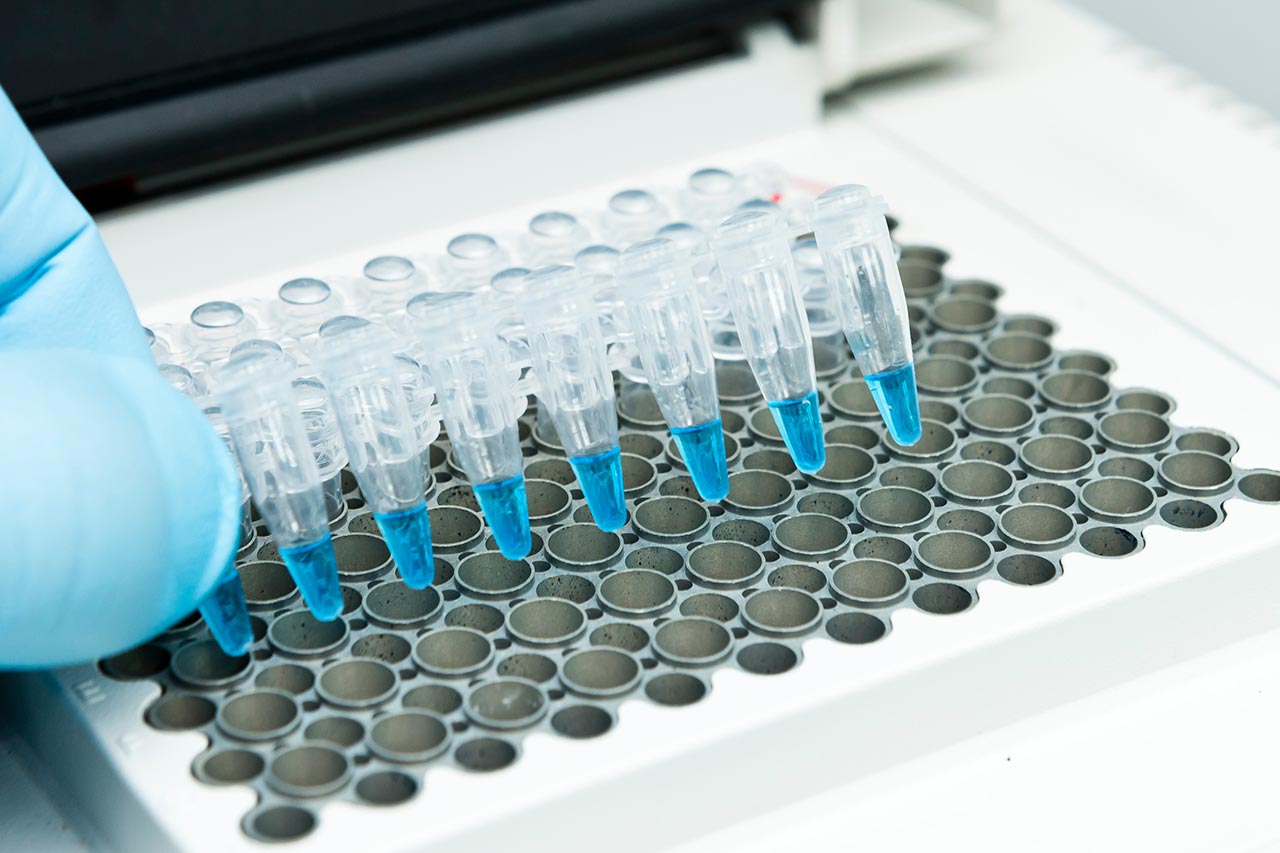The Long Road for Oligonucleotide Therapeutics

Alcimed, an innovation and new business consulting firm, highlights the race for oligonucleotide therapeutics to catch peptides and discusses the current limitations for its widespread therapeutic use.
March 22, 2019. Peptide vs Oligonucleotides: Iterative vs Exploratory Innovation
Over the last 30 years, peptide technologies have gone from the forefront of innovative biotech to a standard approach, while oligonucleotide technologies are struggling to find their place.
In 1988, clinical development began using peptides and oligonucleotide technologies. Since then, peptide technology has yielded 48 marketed therapeutics, across 10 disease areas. In that same time frame, only 9 therapeutic products across 4 disease areas based on oligonucleotide technologies have been approved, including: 5 Antisense based, 1 Aptamer based, 2 siRNA based, and 1 based on other oligonucleotide technology. The first oligonucleotides studied were antisense with Novartis’ Vitravene achieving the first commercial approval in 1998. For peptides, the push for further innovation has focused on iterative improvements focusing on extending the half-life of the product, increasing the size of the peptides that can be used, and trying to find more convenient delivery methods such as oral or transdermal. Thus, a steady number of peptide technology based therapeutics progress towards approval every year, from the pharmaceutical peptide platforms including leaders such as Eli Lily, Novartis, Novo Nordisk, and Astra Zeneca.
Despite a steady number of clinical trials using oligonucleotide since 2010, the 8 approved oligonucleotide therapies highlight the significant remaining challenges to find a singular winning approach.
It is too early to tell how successful oligonucleotide therapeutics will be in the long run. “Analysis of the oligonucleotide therapeutics on the market today highlights two significant hurdles for oligonucleotides. First, most oligo based therapeutics do not progress from Phase 2 to Phase 3 trials (failing at a rate of ~76%) and second, the margins necessary to be considered a commercial success are hard to come by, due to higher manufacturing costs,” says Danna Hargett, a Project Manager at Alcimed. Additionally, it can be hard to know where to place your bets with oligonucleotides. For example, while treatments for cardiac diseases have been approached from all oligonucleotide platforms, only Antisense has been successful. In addition, antisense has proven to be the most successful with approvals in neural, retinal, and genetic disease areas, but not against cancer despite huge numbers of trials. Other oligo technologies have been successful so far in a single therapeutic area, such as Alnylam’s success with 2 siRNA’s for genetic diseases, suggesting that not all oligo platforms can be applied across all therapeutic areas. miRNA technologies so far have no approvals, despite trials in 12 disease areas.
Due to a weak oligonucleotide pipeline, Alcimed expects investment in oligonucleotide therapeutics to remain with small biotechs, with big pharma snatching up the proven assets.
Currently there are only 35 Phase 3 trials ongoing for potential new oligonucleotide therapies, compared to the almost 600 Phase 3 trials for potential new peptide therapeutics, suggesting that the overall oligonucleotide pipeline is weak. The bulk of the work being done is in genetic diseases, retinal, and oncology. The current activity is primarily being driven by biotech companies like Ionis and Alnylam, but has not been widely adopted by the major pharma players. Most companies working on oligonucleotide therapies have only invested in a single technology, potentially limiting the number of potential therapeutic areas they could address. Anlylam has siRNAs in late stage trials in other disease areas, so they may yet prove siRNA to be as versatile as anti-sense. This creates an environment that is ripe for small oligonucleotide companies to make deals with larger pharma players as soon as an asset has been validated. A flurry of such activity has been seen recently with deals, such as the Novartis-Akcea deal to treat cardiovascular disease, the Biogen deal with Ionis on neurological diseases, and the Eli Lily collaboration with Dicerna on a host of indications. Andrew Rouff, a consultant at Alcimed says, “It is worth continuing to monitor activity in the oligonucleotide therapeutic space, as it will be several more years before the value and versatility of the different oligonucleotide therapeutic platforms becomes clinically proven.”
Do you have an exploration project?
Our explorers are ready to discuss it with you